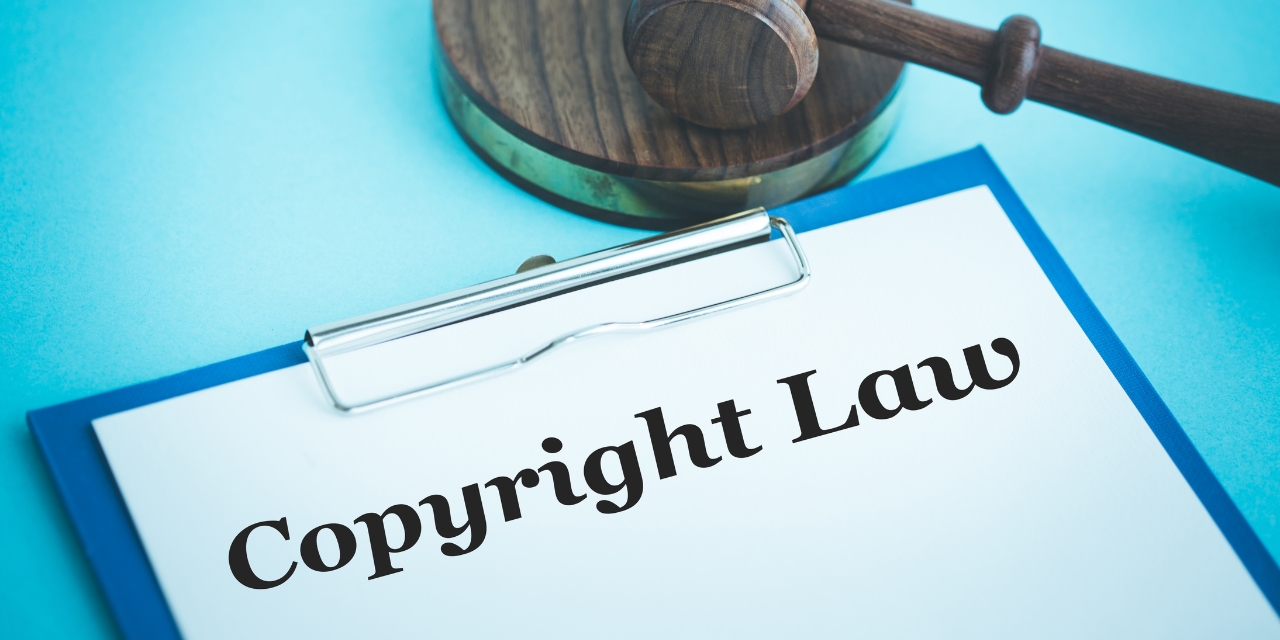
With so much information flowing around in circles, the protection that copyright gives becomes more important than ever. Copyright laws protect creators’ rights by making sure that a person gets credited for and compensated for his or her work. This blog explains the benefits of copyright, classes, and types of copyright, and lists examples or case studies which prove their worth.
What is Copyright?
Copyright is a legal right authors of original literary, musical, artistic, and certain other intellectual works enjoy. It gives the creator of the work the right to use and distribute exclusively for some time.
Advantages of Copyrights
Protection of Creative Works: Copyright prevents any unauthorized utilization of work. This allows the creator to have control over their creation regarding how it will be used and distributed.
Example: J.K. Rowling owns the copyright to the Harry Potter series and has the authority to prevent others from reproducing or distributing copies of the books.
Monetary Compensation: Copyright enables a creator to profit financially from their work through sales, licensing, and even via royalties.
Case Study: The massive amount of money made by sales, streams, and licensing agreements from the Beatles’ songs is possible because of the copyright protection on their songs.
Recognition and Moral Rights: These rights shield the creator from potential harmful alterations and, as such, their reputation.
Example: The United States’ Visual Artists Rights Act concedes moral rights to visual artists to protect the integrity of the work and ensure proper credit is given.
Promotion of Creativity: The protection provided by copyright encourages creators to develop new works as they will reap financial benefits and a sense of satisfaction for their works.
Case Study: The triumph of Marvel comic books and films is a shinning example of how copyrights motivate the constant development of new content in a created universe.
Types and Classes of Copyrights
Literary Works: This class includes all the written works, such as novels, poems, essays, and so forth. The copyright protects the text, giving the owner the right to control the reproduction and distribution of their work.
Example: The copyright for George Orwell’s “1984” is a protector of the text from unauthorized reproduction and adaptation.
Musical Works: This will include compositions and lyrics. The musical notation and the lyrics are covered, and therefore, the composers and lyricists can control the use of their music.
Example: “Imagine” by John Lennon is copyrighted, and no one is allowed to use it without obtaining permission from the holders of the copyright.
Dramatic Works: This category involves plays, scripts, and screenplays. Copyright protects the dialogue, plot and characters.
Case Study: The screenplay of “Pulp Fiction,” written by Quentin Tarantino, is protected by copyright. Any adaptation or reproduction requires his consent.
Artistic Works: Paintings, drawings, sculptures, and photographs are considered under this category. The copyright protects the visual representation.
Example: Vincent van Gogh’s painting “Starry Night” is protected under copyright, controlling what sorts of reproductions and usages it may have in various formats.
Motion Pictures and Audiovisual Works: This category includes films, television shows, and videos. Both the audio and visual components of this category are copyrightable: the screenplay, the music, as well as the visual elements.
Case Study: The film “Star Wars” is copyrighted; hence, the right to distribute it and license it to manufacture merchandise, a sequel, or a spin-off remains with Lucasfilm.
Sound Recordings: These are recordings of music, aeration, or another sound. In this case, the copyright applies only to that specific recording and not to the musical composition.
Example: The album of Michael Jackson “Thriller” is copyrighted, and this copyright extends to the particular recordings made for each song.
Architectural Works: These are buildings and architectural designs. The design and structure of a building are protected by copyright.
Example: The design of the Guggenheim Museum in New York, which was done by Frank Lloyd Wright, is copyrighted.
Conclusion
They are essential for guarding the creative works of authors, artists, musicians, and other creators, providing them with financial rewards and recognition and encouraging them to create new works. Knowing the various types and classes of copyrights can help creators to safeguard their intellectual property effectively. If you need any help with regard to the process of copyright registration or protection, please do feel free to avail our highly professional services in this regard. Now, let us assist—you may reach us today to learn more about our full range of intellectual property services.



